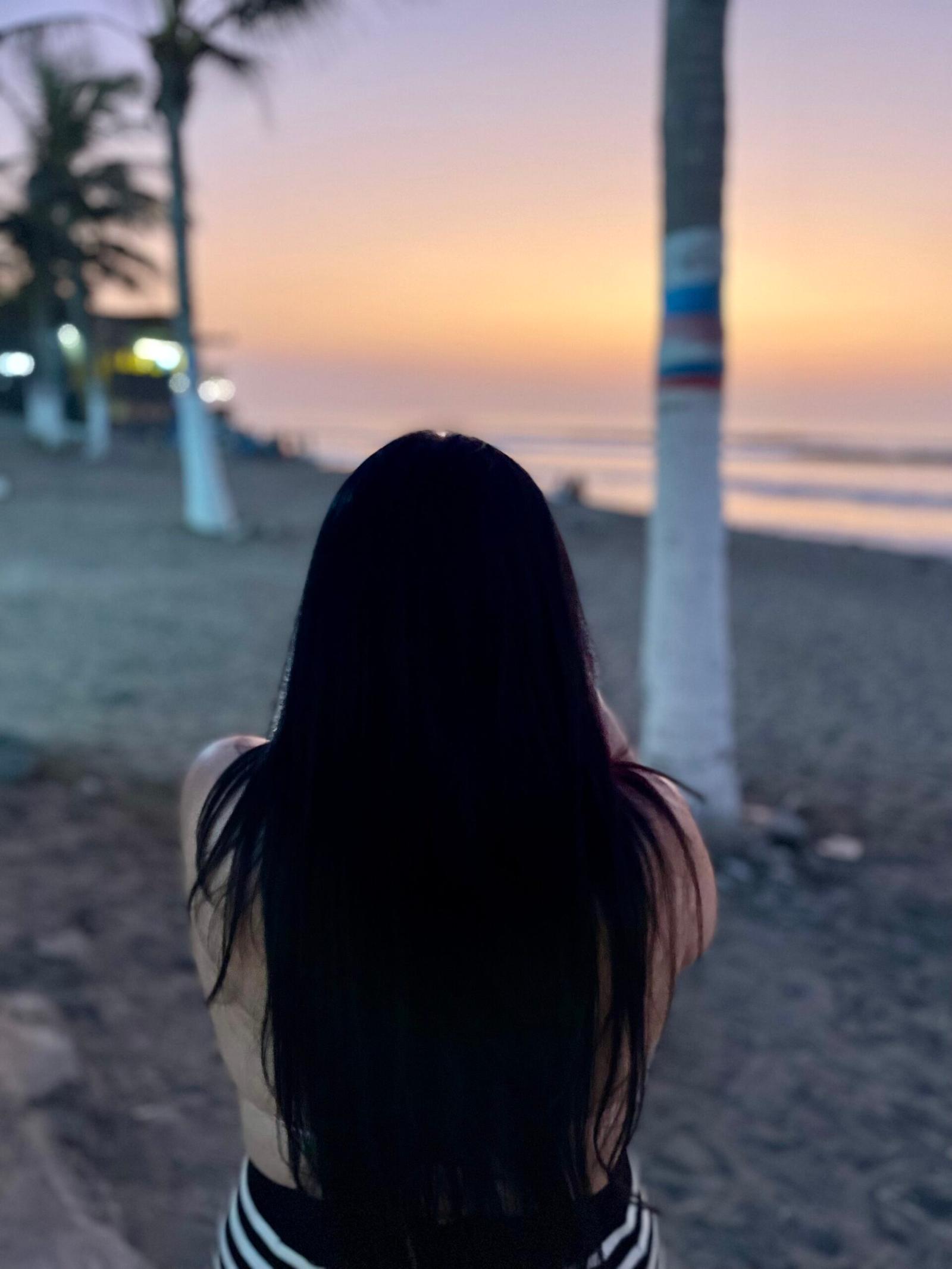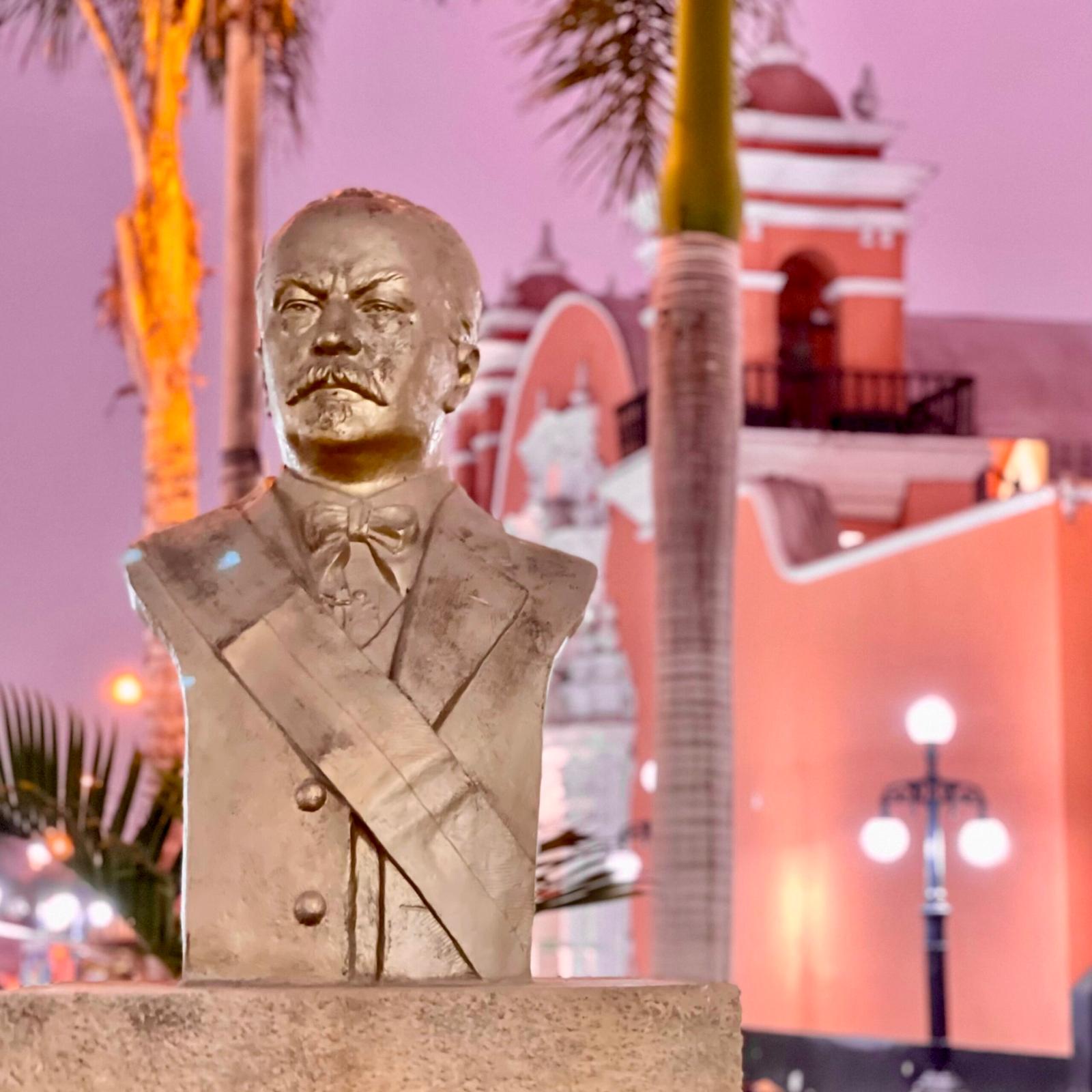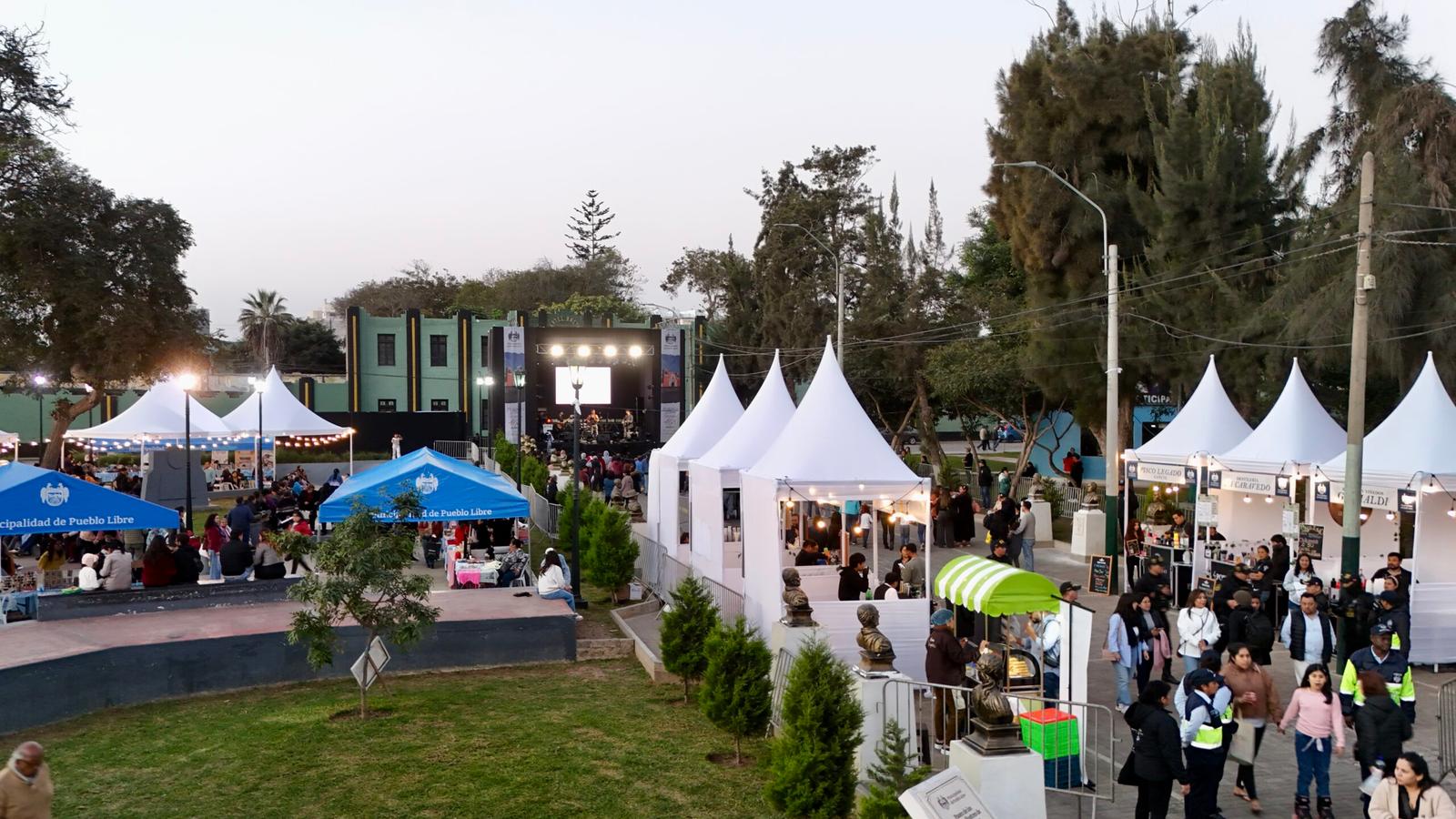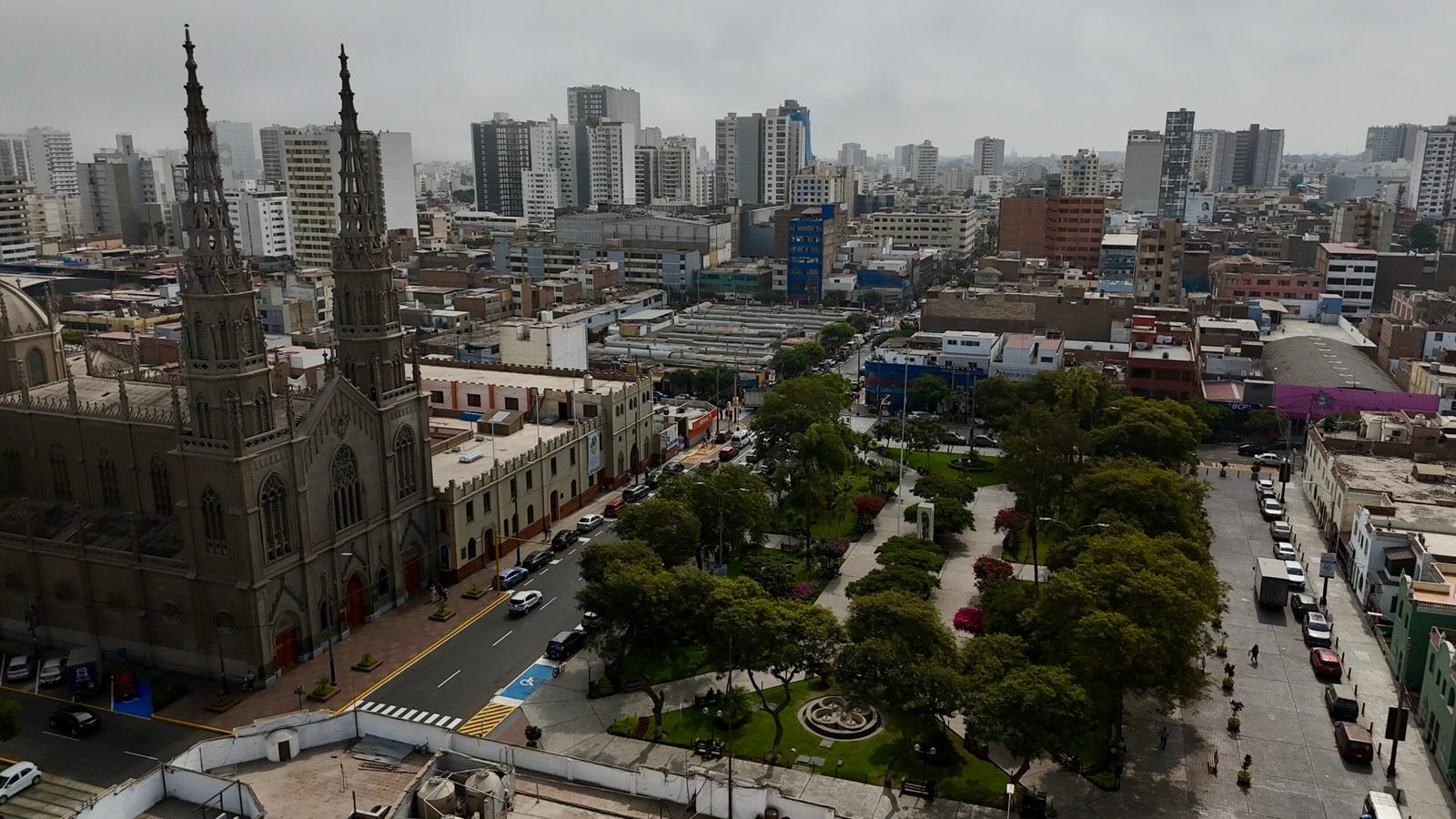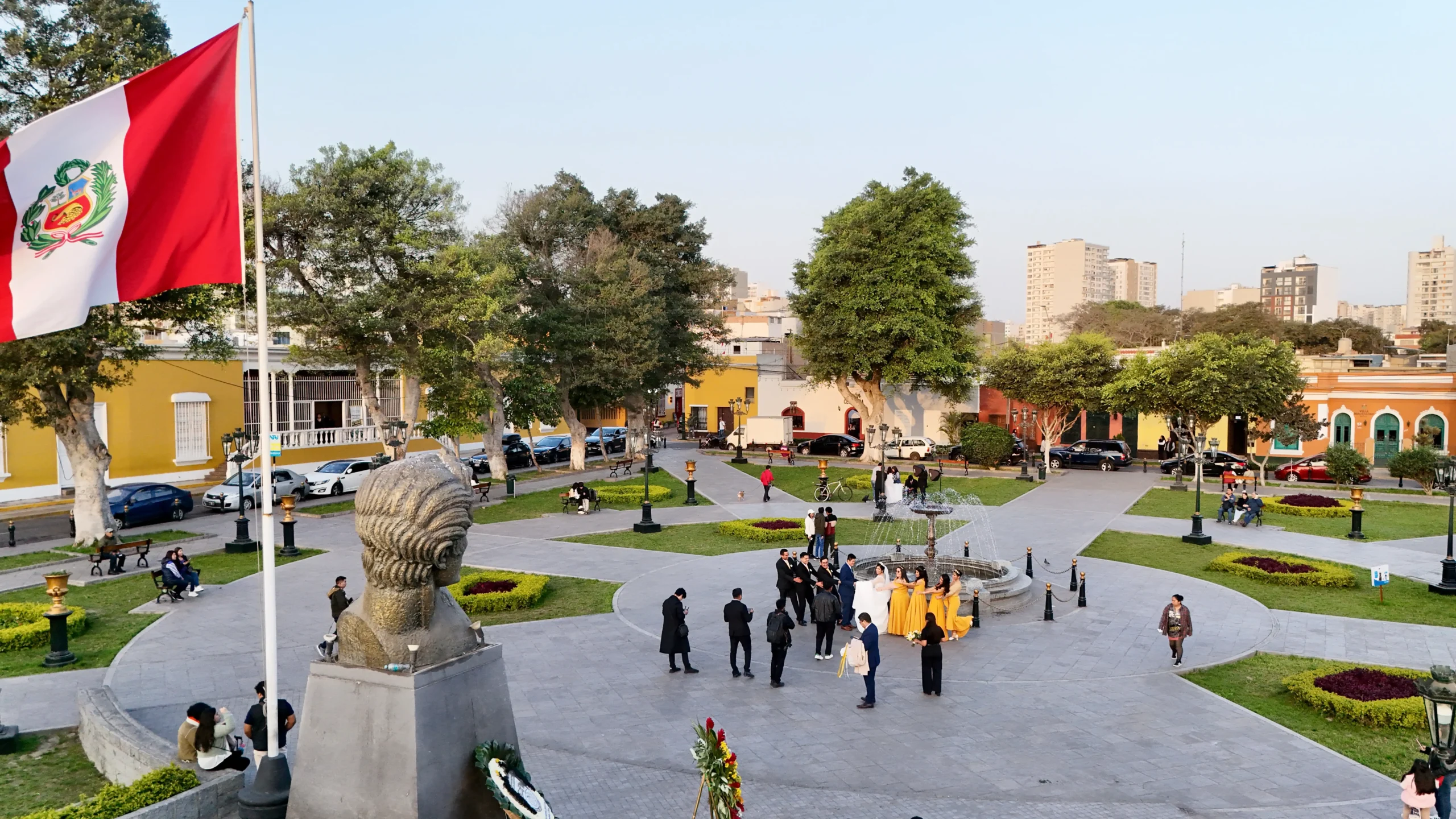In the historic district of Pueblo Libre, Lima, stands a seemingly unassuming yet profoundly significant landmark: The Cross of the Traveler (Cruz del Viajero).
This ancient wooden cross isn’t just a religious artifact. It’s a direct, tangible link to the very foundations of colonial Peru. And it’s a silent witness to pivotal moments in the nation’s fight for independence.
For visitors interested in the deep currents of Peruvian history, this cross offers a unique and moving point of connection.
The historical weight of The Cross of the Traveler is immense. Legend and local tradition assert that this cross was placed by Francisco Pizarro himself. The Spanish conquistador, shortly after the founding of Lima in the 16th century.
The cross marked an important crossroads or entrance point to the then-nascent city. Serving as a beacon of faith and protection for those embarking on or returning from journeys to the port of Callao.
This origin story imbues the cross with an almost mythical status. Tying it directly to the very dawn of Spanish influence in the region.
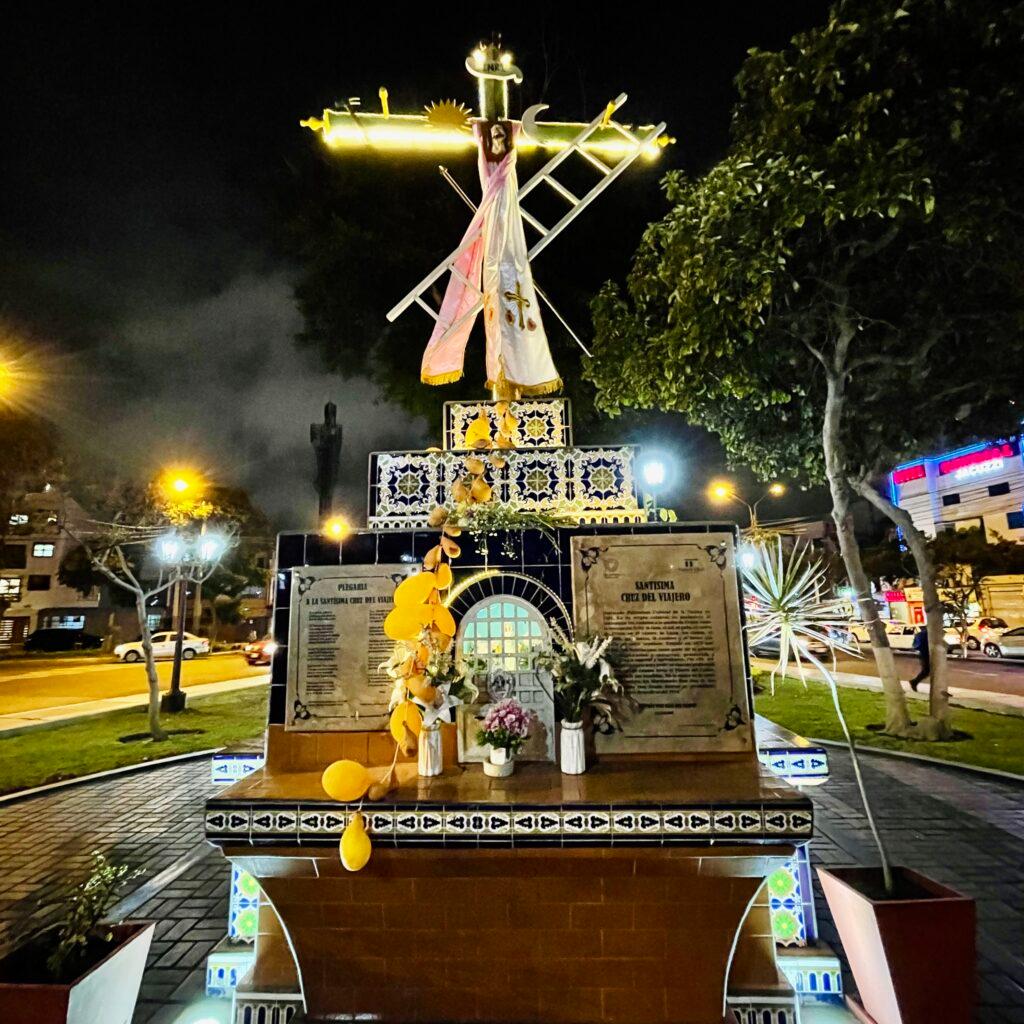
Its significance didn’t wane with the centuries. During Peru’s struggle for independence, The Cross of the Traveler continued to be a focal point of prayer and contemplation. It is believed that both José de San Martín and Simón Bolívar, the revered liberators, knelt before this very cross.
Imagine these titans of South American independence, seeking solace, guidance, or offering thanks, at a site that had already stood for centuries. This connection to such towering historical figures cements its status as a critical historical landmark in Lima.
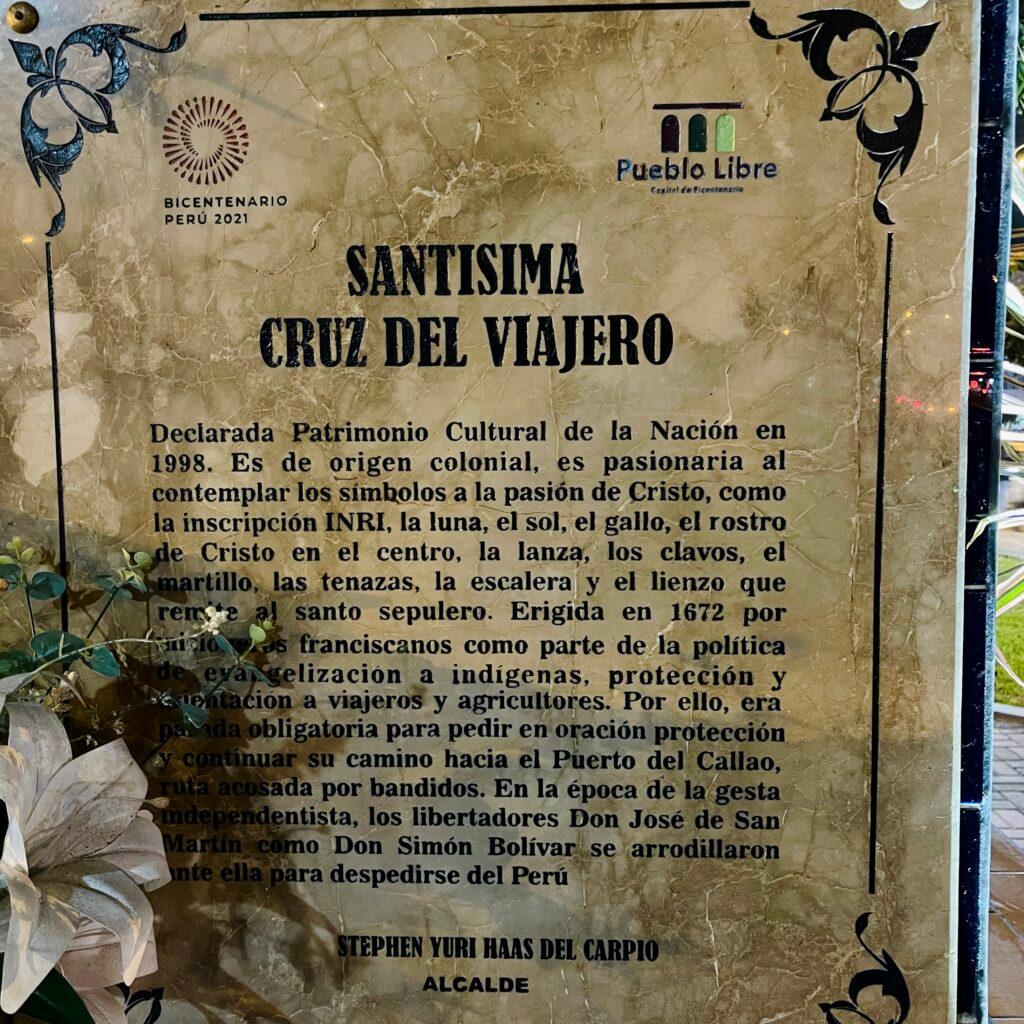
Today, The Cross of the Traveler remains a protected cultural heritage site in Pueblo Libre. A testament to its enduring importance. While its exact location might be discreet, its presence speaks volumes about the continuous thread of faith and historical continuity in Peru.
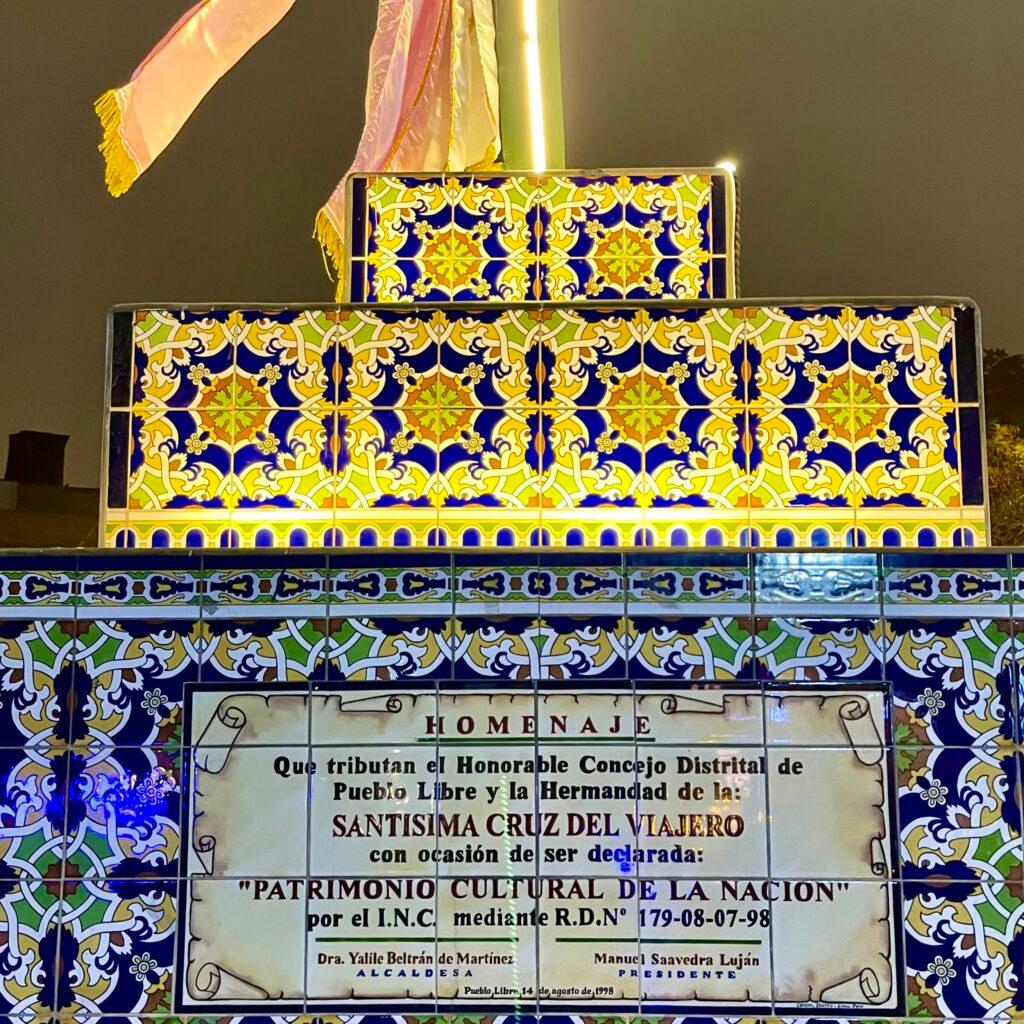
For any tourists keen to delve into the Peru’s profound past, seeking out this ancient cross provides a rare opportunity to connect with a relic that has witnessed the entirety of Lima’s colonial and republican narrative, from Pizarro’s arrival to Bolívar’s prayers for freedom.
